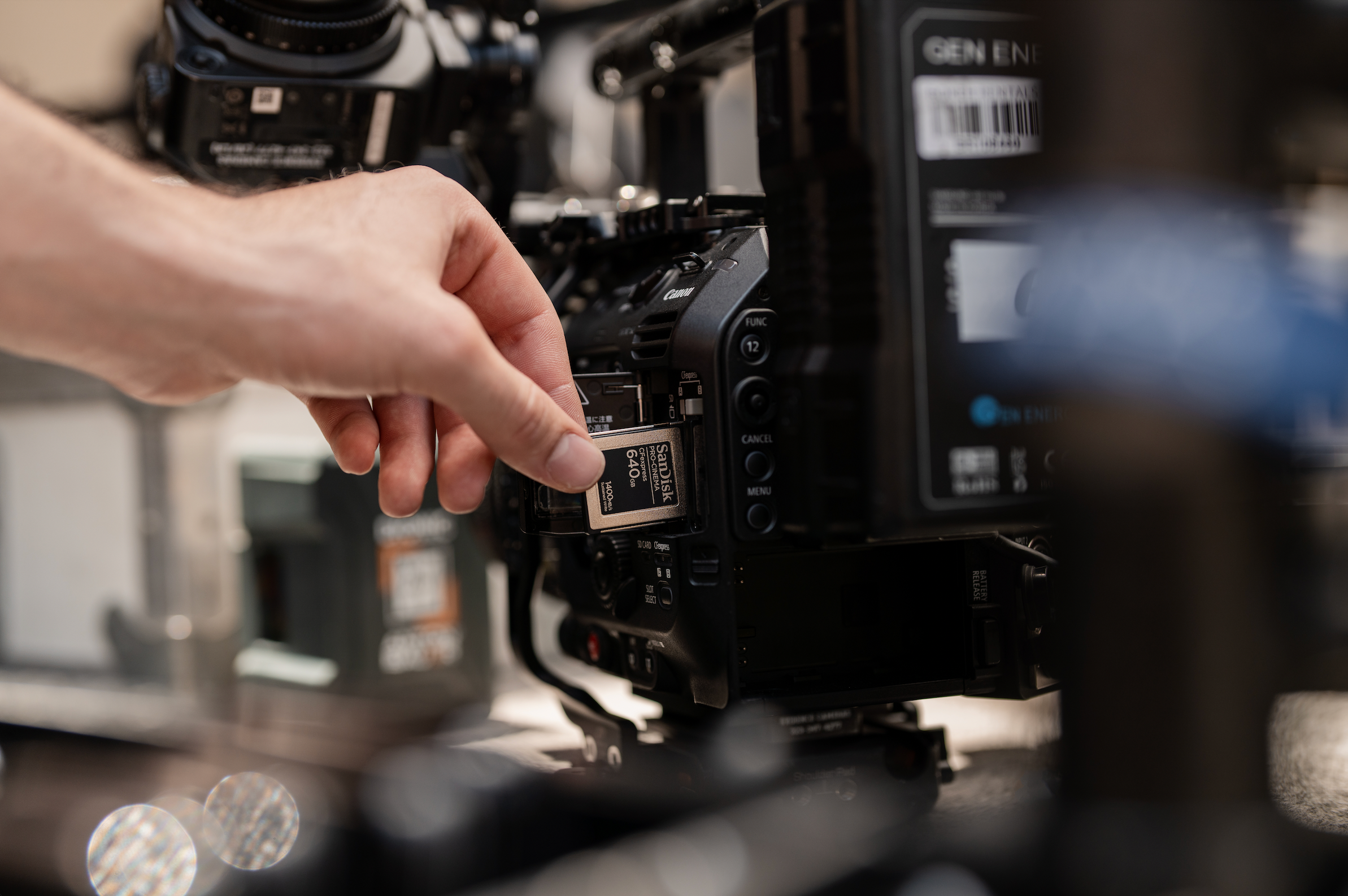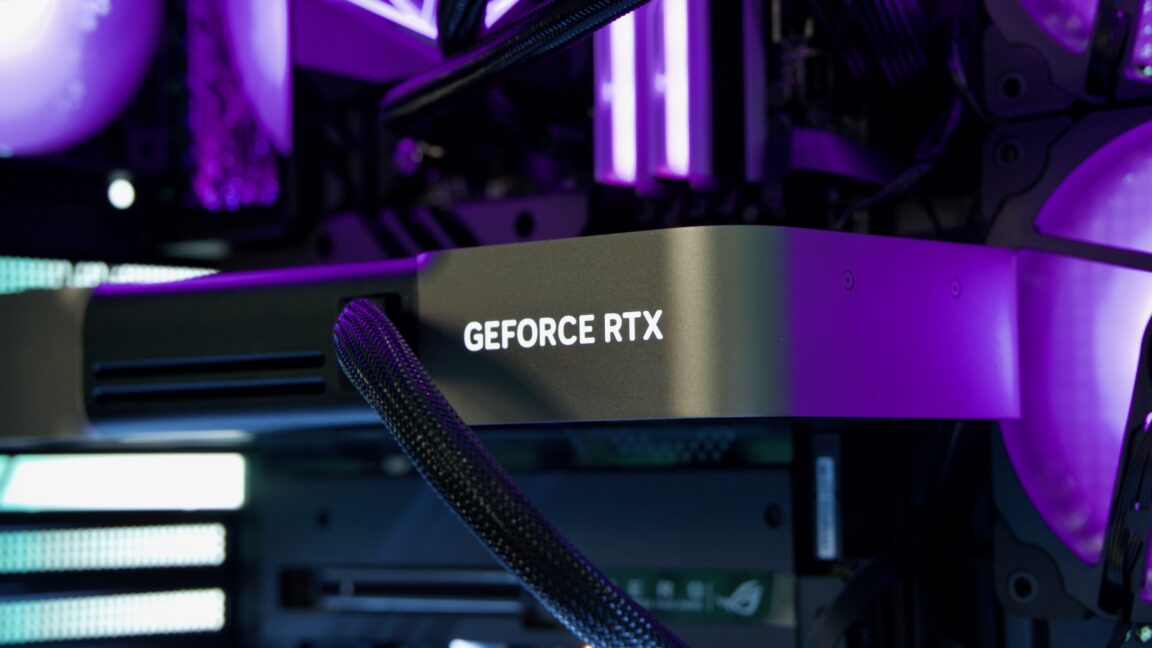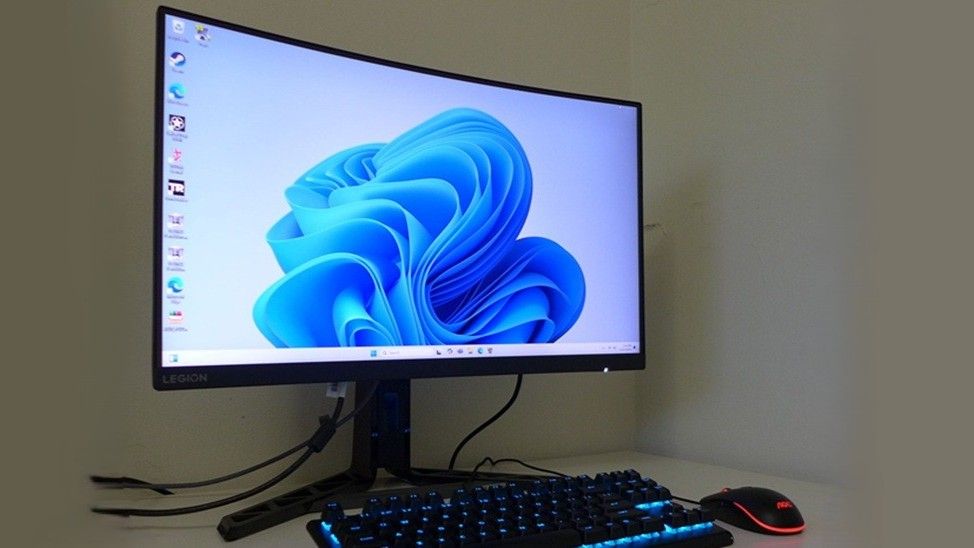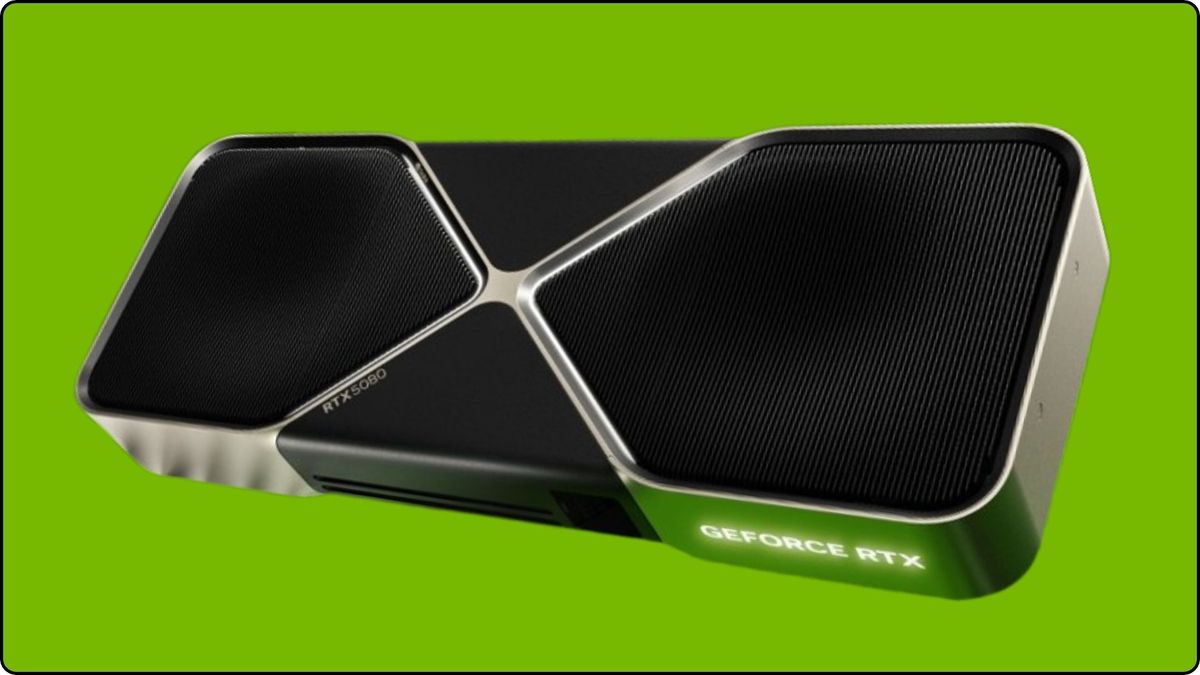A 32-bit processor made with an atomically thin semiconductor

Still, there were some distinct challenges involved with MoS2. In normal silicon, a transistor's threshold voltage can be adjusted by doping the silicon—implanting impurities that change the semiconductor's behavior. But there's no way to implant an impurity in a single molecule. All of the semiconductors of RV32-WUJI are n-type, and their performance can't be adjusted. So the researchers here used two different metals (aluminum and gold) for the wiring and adjusted each transistor's threshold voltages through the choice of wiring, as well as the material the wiring was embedded in.
Making chips
On the chip level, the researchers experimented with building many individual devices and then used machine learning to identify the optimal combination of wiring and materials that ensured each individual transistor would reside within the needed performance envelope.
At the transistor level, the device uses what are called depletion-mode inverters. To build functional circuitry, the researchers built and tested a full suite of 25 logic gates and tested them. Eighteen were functional, and the researchers built the chip using those. They used the longest path through the chip to determine the delay they had to account for, which set an upper limit on clock speed in the kilohertz range. The overall yield when finally making the chip was over 99.9 percent, with a chip-level yield of 99.8 percent.
That said, some of the circuitry proved considerably more challenging. The yield on eight-bit registers, for example, was only 71 percent, and that dropped to only 7 percent for a 64-bit register (which required 1,152 transistors).
The resulting processor involves 5,900 individual transistors and is capable of implementing the full 32-bit version of the RISC-V instruction set, which necessarily means it includes sophisticated circuitry like the RISC-V instruction decoder. At the same time, some aspects are intentionally kept simple; while it can perform the addition of two 32-bit numbers, it does so by operating a single bit at a time, meaning it takes 32 clock cycles to perform the operation. This also required on-board buffers to store the intermediate results.
Still, it works, and the authors argue that it's probably one of the most sophisticated bits of "beyond silicon" hardware yet implemented. That said, they don't expect this technology to replace silicon; instead, they view it as potentially filling some niche needs, like ultra-low-power processing for simple sensors. But if the technology continues to advance, the scope of its potential uses may expand beyond that.
Nature, 2025. DOI: 10.1038/s41586-025-08759-9 (About DOIs).
What's Your Reaction?
 Like
0
Like
0
 Dislike
0
Dislike
0
 Love
0
Love
0
 Funny
0
Funny
0
 Angry
0
Angry
0
 Sad
0
Sad
0
 Wow
0
Wow
0
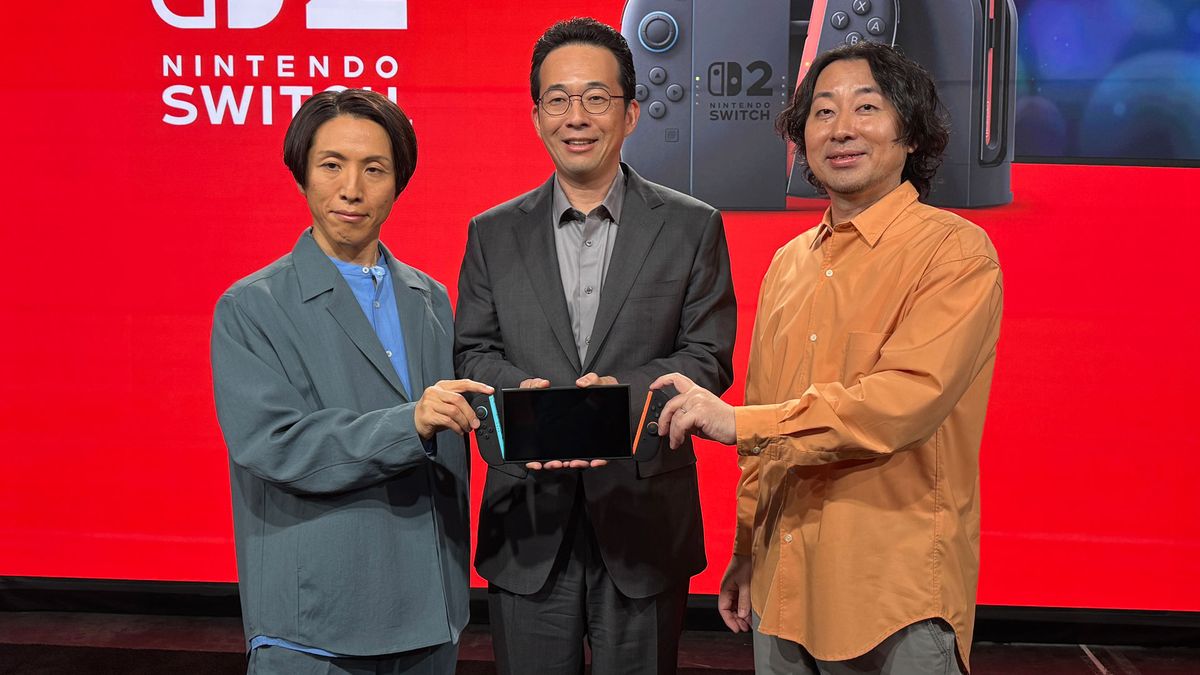



:quality(85):upscale()/2023/07/13/745/n/1922153/295a9e5964b02c2f81c802.33891204_.jpg)
:quality(85):upscale()/2025/04/01/930/n/1922729/e427233467ec5871e55d15.22652482_.png)
:quality(85):upscale()/2025/03/26/972/n/49351757/97f7f7d867e47d9c673764.81720957_.png)
:quality(85):upscale()/2025/04/02/796/n/1922153/63f0f08c67ed7cc74aec47.01234480_.png)
